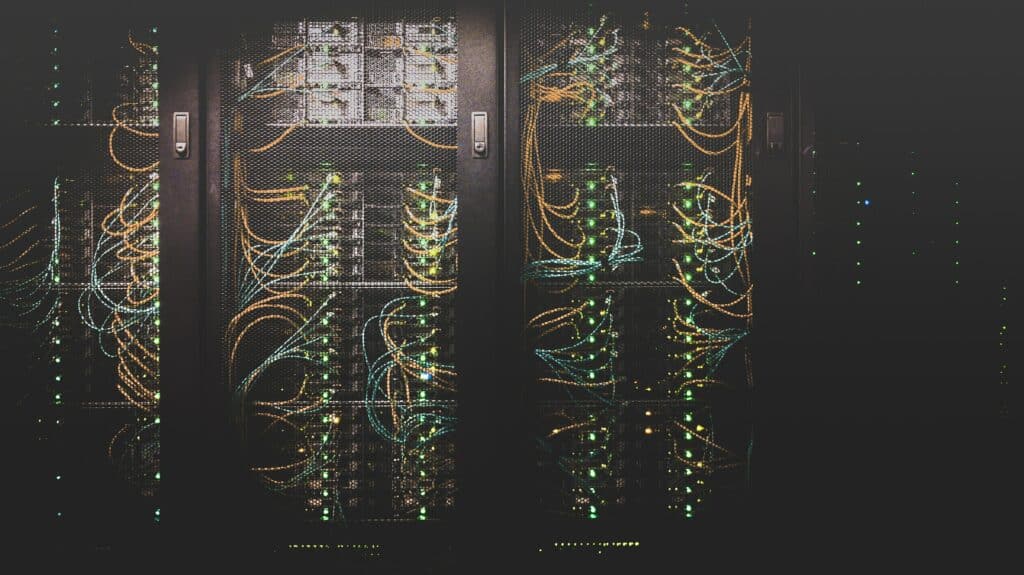In the world of Cybersecurity and IT, one thing is for sure: there is no lack of tech jargon. Every day it seems like that there are new ones coming out, and the latest ones seem to be about a “Hybrid IT” model. Although the concept for this has been around for quite some time, it gained much more attention because of the Remote Workforce now becoming a permanent reality in the American economy. In this article, we take a look at both Hybrid Cloud and Hybrid IT solutions.
What Is The Hybrid Cloud?
Ever since COVID19 hit, companies have been wanting to move to a Cloud-based infrastructure for their obvious benefits (which was covered in a previous article). But not many people realize that there is more than just one offering of Cloud solutions. There are different variations of it, and the two most recognizable are that of the of the Public Cloud and the Private Cloud. So, what is the difference between the two?
The former refers to the fact that the resources available from a Cloud provider are accessible to anyone, at any time. For example, when you open up an account, you will have access to a control panel that will give you the look and feel of your own server. But the fact of the matter is that the resources you use in your account are actually shared with many others (known as “tenants”) on the same platform, in a safe and secure manner.
With the latter, your Cloud account is hosted on a dedicated, virtual machine which is your own. Although you will still have the same benefits of the Public Cloud, the resources that you use are only available to you and other authorized employees in your company.
So, a Hybrid Cloud is a combination of both the Public Cloud and the Private Cloud, and given the complex requirements of the Remote Workforce, many companies are now opting to take this approach. An advantage of this is that you can share information and data across both platforms.
What are Hybrid IT Solutions?
There are some companies that simply cannot make a 100% transition to a Cloud-based environment, whether it be AWS or Microsoft Azure. This is primarily because these entities are still running legacy-based systems, and therefore, still need to be located on-premises (also known as “On-Prem”). So, a Hybrid IT solutions model is one where the company has part of their IT infrastructure on a Cloud platform, and the other at the brick-and-mortar location of the business.
One of the primary reasons why a business would take this approach is that they still want to have control over their digital assets, and not simply hand everything over to the Cloud solutions provider.
The Advantages and Disadvantages of Hybrid IT Solutions
The advantages are as follows:
- For those companies that are still hesitant in completely trusting the Cloud environment, they can still leave a big part of their IT infrastructure On-Prem. They can then migrate other, smaller portions of it to the Cloud to see how well it works for them.
- With this, a company can then move over their entire IT infrastructure to the Cloud using a phased-in approach once they are ready to make a 100% commitment to it.
The disadvantages are:
- You and your IT department are still responsible for the IT security and maintenance of all of the servers, and all other devices that are associated with them. This includes keeping up with a regular software patch and upgrade schedule, to ensure that all of the software licensing is current.
- It will take more resources to monitor the health of your On-Prem infrastructure on a 24 X 7 X 365 basis, such as hiring more employees to keep tabs on everything that is involved.
The Advantages and Disadvantages Of The Hybrid Cloud
The advantages are as follows:
- You can move workloads as needed in order to meet your business objectives and requirements.
- For those processes that need to be guaranteed to have 100% uptime, they can be moved over quickly to the Private Cloud. Those that are less sensitive to this can still remain in the Public Cloud. This will give you a great balance in terms of optimization and cost savings.
The disadvantages are:
- The costs of using a Hybrid Cloud solutions model can be far greater than simply using services and software applications on-demand in the Public Cloud.
- There could be some components of your On-Prem infrastructure that are simply too outdated to be moved into the Cloud on the first attempt. Therefore, you will have to find some way to “modernize” them so that they can be transitioned over. Depending on this, you could even incur greater expenses.
How Can My Business Implement Hybrid IT Solutions?
Banks and other financial institutions can use both approaches in order to fulfill their requirements. For example, if your workforce is almost 100% remote, then using a Hybrid Cloud approach would be best. That way, your employees can access whatever shared resources they need in a secure manner, from just about any device.
But if you are still running legacy systems, such as older versions of the Windows OS, your best option would then be to use the Hybrid IT model, as described.
We understand that hybrid IT solutions can be confusing and this is why our experts are here to help. If you are ready to speak to a member of our team to discuss the best solutions for your business give us a call or schedule a meeting here.


